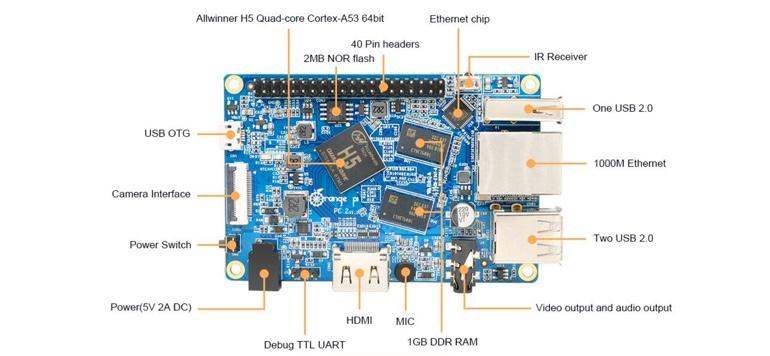

On Nov. 11 Nintendo is set to launch the NES Classic Edition. This tiny console ships with 30 NES games preloaded, an NES controller just like the original, and the ability to output at 1080p complete with a number of screen filters.
On the outside there’s nothing too surprising—it’s just a tiny NES. However, on the inside is a surprisingly powerful single-board computer that’s running Linux.
A few people who got their hands on a NES Classic early couldn’t help but take a look inside. The first image of the mainboard came via GameSpot Senior Reviews Editor Peter Brown.
Reddit took a collective look at the image and figured out exactly what hardware Nintendo had decided to use for its $60 machine. It breaks down as follows:
- System on a Chip: Allwinner R16 (4x Cortex A7, Mali400MP2 GPU)
- RAM: SKHynix (256MB DDR3)
- Flash: Spansion 512MB SLC NAND flash, TSOP48
If you consider the original NES used a processor running at just 1.79MHz, the NES Classic hardware may seem like overkill. However, there’s a couple reasons Nintendo likely decided on such a powerful board.
 The first is 1080p. Not only is Nintendo supporting 1080p HDMI output from the NES Classic, but there’s also a trio of screen-filtering options available to use. That requires additional processing power to achieve, which the Allwinner R16 easily provides.
The first is 1080p. Not only is Nintendo supporting 1080p HDMI output from the NES Classic, but there’s also a trio of screen-filtering options available to use. That requires additional processing power to achieve, which the Allwinner R16 easily provides.
The second reason is simply: progress. While there is a massive amount of extra performance included compared to the original NES, the Allwinner was likely the most economical board Nintendo could use. It’s been 33 years since the NES launched and hardware development hasn’t stood still.
Evidence that the NES Classic runs Linux comes via the GameXplain video embedded below. At the 16-minute 35-second mark the live stream brings up the Legal Notices page, which includes an Open Source Software license agreement and references several open source components including the Linux kernel.
The fact Nintendo has opted to use an off-the-shelf board and run Linux may get a few people excited about modding the little system and opening it up to the thousands of other NES games out there. But I doubt Nintendo has shipped a system that’s easy to hack. It’s more likely completely locked down, meaning switching out the board for a Raspberry Pi will end up being the easier option.
[Source:-Pc magazine]





